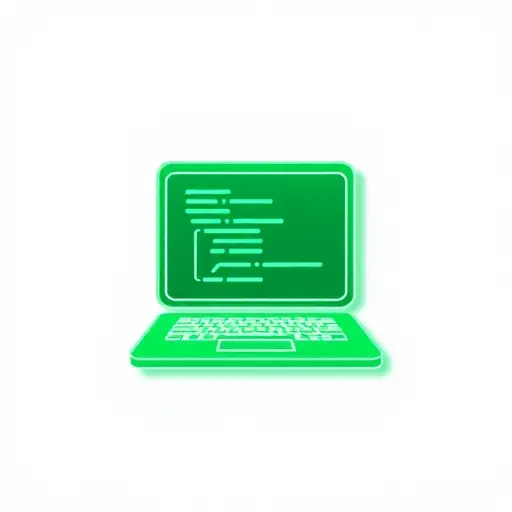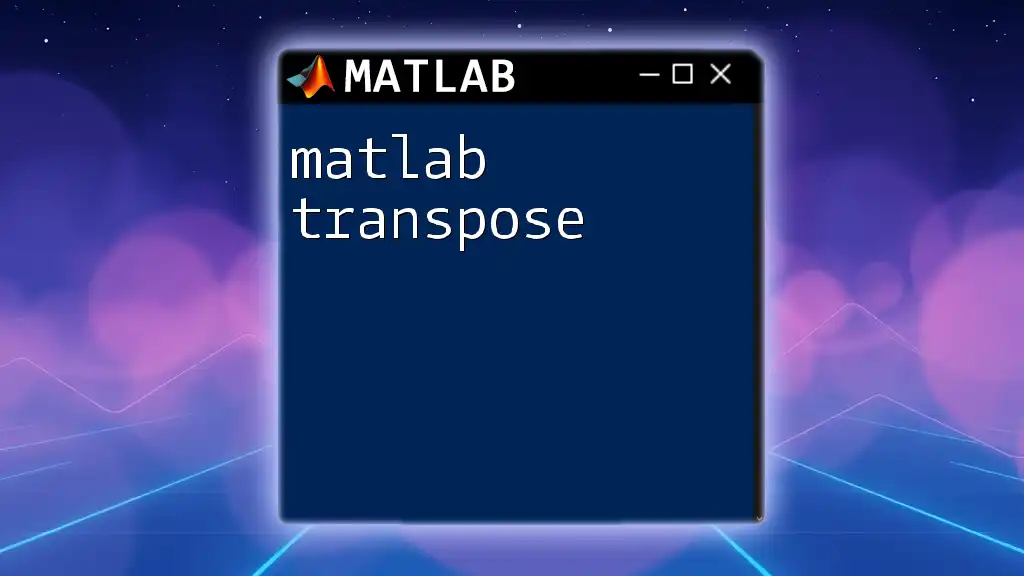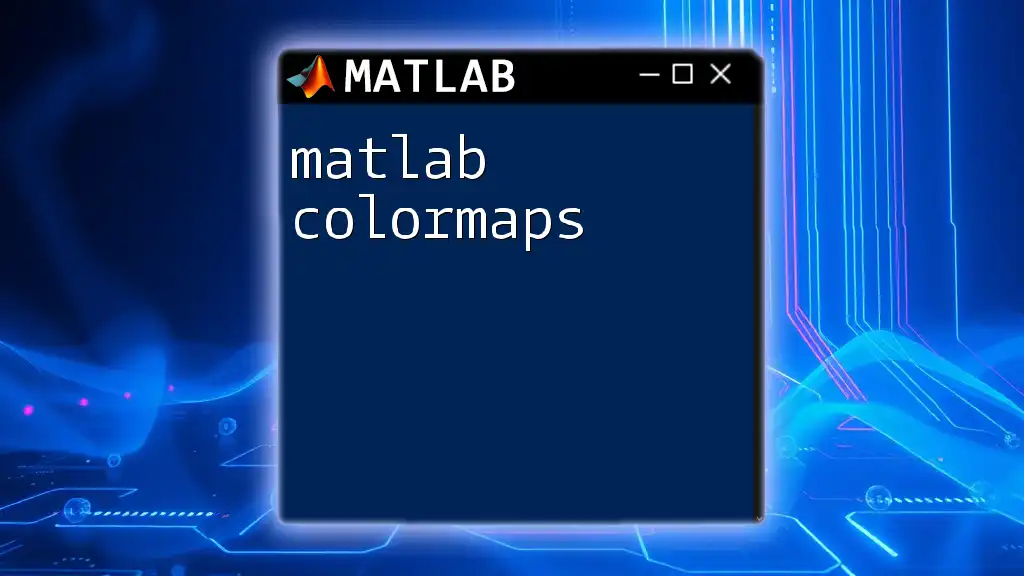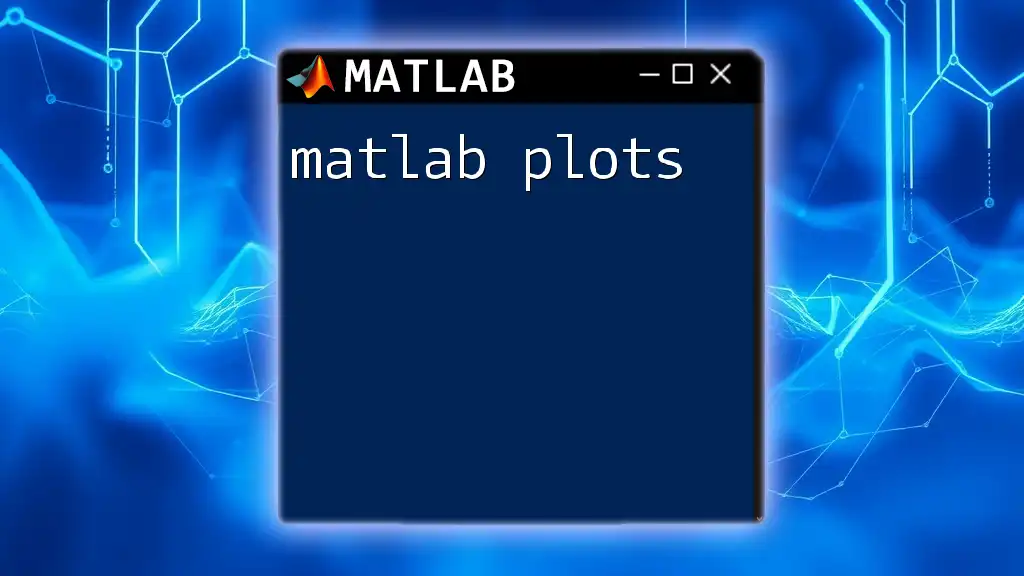A MATLAB lowpass filter allows you to attenuate high-frequency signals while preserving the low-frequency components, making it ideal for signal processing applications.
% Design and apply a lowpass filter using a Butterworth design
Fs = 1000; % Sampling frequency
Fc = 100; % Cut-off frequency
[n, Wn] = buttord(Fc/(Fs/2), (Fc+50)/(Fs/2), 3, 40); % Determine the order and cutoff
[b, a] = butter(n, Wn); % Create Butterworth filter
filtered_signal = filter(b, a, original_signal); % Apply filter to the original signal
What is a Lowpass Filter?
Definition
A lowpass filter is a crucial signal processing tool that allows low-frequency components of a signal to pass through while attenuating higher-frequency signals. This type of filter is commonly used in various applications, including audio processing, communications, and image analysis. The primary function of a lowpass filter is to smooth signals and reduce noise or fluctuations that may distort the original data.
Types of Lowpass Filters
Analog Lowpass Filters
Analog lowpass filters utilize electrical components (such as resistors, capacitors, and inductors) to achieve the desired filtering effect. These filters are characterized by their continuous-time systems, meaning they can operate on signals that are not discretized. They are effective in real-time applications but can be limited by physical component variances and non-ideal behaviors.
Digital Lowpass Filters
Digital lowpass filters, on the other hand, process signals that have been discretized into binary data. One significant advantage of digital filters is their ability to be easily adjusted and implemented through software, making them highly compatible with computer systems. They are designed based on mathematical algorithms, which provide more control over filter characteristics, leading to more predictable and consistent performance.
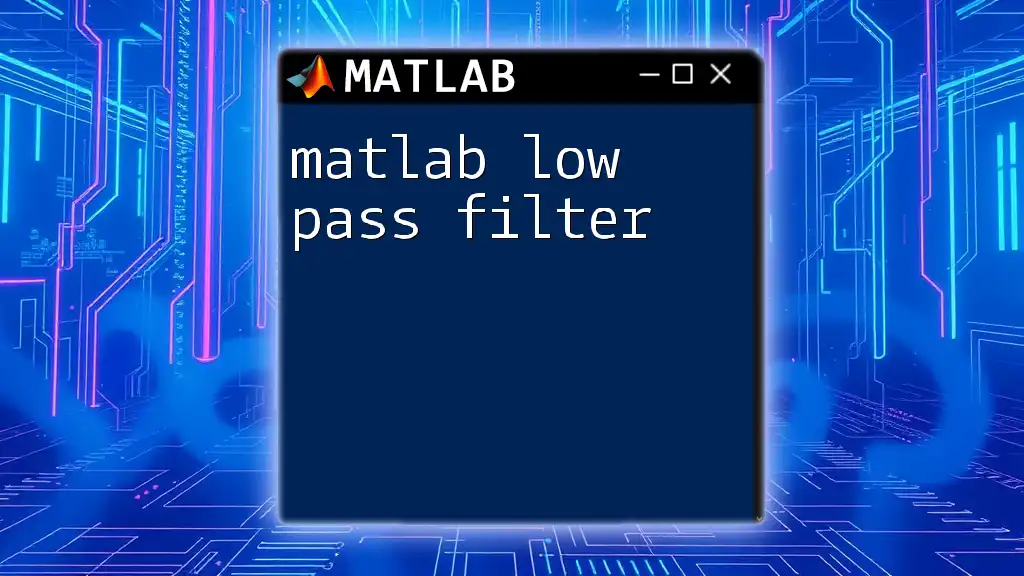
Understanding MATLAB and Lowpass Filtering
Introduction to MATLAB
MATLAB (Matrix Laboratory) is a powerful programming language and environment used extensively in engineering and scientific applications, primarily for numerical computation and data visualization. For signal processing, MATLAB provides comprehensive functions and toolboxes that simplify the implementation of various filtering techniques, including lowpass filtering.
Building Blocks for Lowpass Filtering
Frequency Domain
The frequency domain represents signals based on their frequency components rather than their time-based behavior. Understanding the frequency domain is essential when working with lowpass filters, as it allows us to visualize which frequencies are allowed to pass and which are attenuated.
Time Domain
The time domain represents signals as variations over time. In practice, you often work with both representations simultaneously. While the frequency domain provides insight into noise components, the time domain helps visualize the signal's waveforms and how they change over time.

Implementing Lowpass Filters in MATLAB
Basic Commands for Lowpass Filter Design
Using `filter` Command
The `filter` command in MATLAB applies a specified filter to a signal. This command is essential for practical applications of lowpass filtering. Here’s a simple example of how to implement a basic lowpass filter using MATLAB:
% Sample signal creation
Fs = 1000; % Sampling frequency
t = 0:1/Fs:1-1/Fs; % Time vector
signal = sin(2*pi*50*t) + randn(size(t)); % Sinusoidal + noise
% Lowpass filter design
fc = 100; % Cut-off frequency
[b,a] = butter(6, fc/(Fs/2)); % 6th order Butterworth filter
filtered_signal = filter(b, a, signal);
% Plotting
figure;
plot(t, signal);
hold on;
plot(t, filtered_signal);
title('Original and Filtered Signal');
xlabel('Time (s)');
ylabel('Amplitude');
legend('Original Signal', 'Filtered Signal');
Designing Custom Lowpass Filters
FIR Filters
Finite Impulse Response (FIR) filters are popular for their inherent stability and precision. They are characterized by a finite duration impulse response, making them straightforward to design. The following code snippet demonstrates how to create an FIR lowpass filter using the `fir1` command:
% FIR filter design
n = 20; % Filter order
fc = 100; % Cut-off frequency
b = fir1(n, fc/(Fs/2)); % Design FIR lowpass filter
filtered_signal_fir = filter(b, 1, signal);
% Plotting the FIR filter response
figure;
freqz(b, 1); % Frequency response
IIR Filters
Infinite Impulse Response (IIR) filters, such as the Butterworth filter, are widely used due to their efficiency in implementing filters with a higher order using fewer coefficients. The following example illustrates how to create and apply an IIR lowpass filter:
% IIR filter design
[b, a] = butter(6, fc/(Fs/2)); % 6th order Butterworth filter
filtered_signal_iir = filter(b, a, signal);
% Plotting the IIR filter response
figure;
freqz(b, a); % Frequency response
Visualizing the Filters
Frequency Response
It is crucial to visualize the frequency response of your lowpass filters using the `freqz` command. This command helps you analyze how the filter behaves across different frequencies. Here is how to use `freqz`:
% Visualizing frequency response of FIR filter
figure;
freqz(b, 1);
% Visualizing frequency response of IIR filter
figure;
freqz(b, a);
Filter Application on Signals
Simple Signal Example
To see the effect of lowpass filtering clearly, we can apply the filter to a noisy signal. Below is an example demonstrating this:
% Noisy signal generation
noise = randn(size(signal)) * 0.5; % Adding noise
noisy_signal = signal + noise;
% Applying lowpass filter
filtered_signal_example = filter(b, a, noisy_signal);
% Plotting results
figure;
plot(t, noisy_signal);
hold on;
plot(t, filtered_signal_example);
title('Noisy vs Filtered Signal');
xlabel('Time (s)');
ylabel('Amplitude');
legend('Noisy Signal', 'Filtered Signal');
Real-World Signal Process
In more complex scenarios, you might deal with audio files or sensor data. The following example shows how to apply a lowpass filter to an audio signal:
[x, Fs] = audioread('sample_audio.wav'); % Load audio file
filtered_audio = filter(b, a, x); % Apply filter
audiowrite('filtered_audio.wav', filtered_audio, Fs); % Save filtered audio
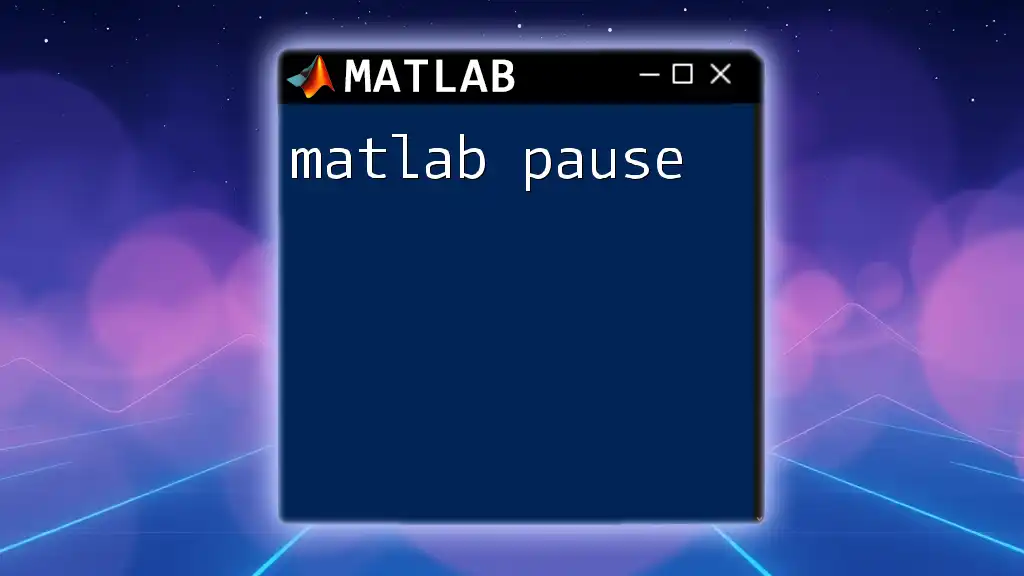
Practical Applications of Lowpass Filtering
Audio Signal Processing
A common use of lowpass filters is in audio processing. For instance, you can use lowpass filters to reduce noise and produce cleaner sound samples. By applying lowpass filtering, dominant frequencies can be retained while unwanted noise is attenuated.
Image Processing
In image processing, lowpass filters are used for smoothing images. They help reduce detail and noise in images, which can enhance visual appearance while preserving essential structures. MATLAB provides tools to create lowpass filters for image processing tasks seamlessly.

Best Practices for Lowpass Filtering in MATLAB
Choosing the Right Filter Type
When choosing between FIR and IIR filters, consider the application. FIR filters are generally more robust and stable, ideal for applications requiring strict adherence to filter specifications. However, IIR filters use fewer coefficients and are more computationally efficient, making them suitable for real-time processing where efficiency is critical.
Tuning Filter Parameters
Adjusting filter parameters such as order and cutoff frequency is key to achieving the desired filtering effect. Higher orders typically result in a steeper transition between passband and stopband but also may introduce phase distortion. Always evaluate your system's requirements before settling on these parameters.
Avoiding Common Pitfalls
Common mistakes in filter design include selecting inadequate filter orders, causing insufficient attenuation of unwanted frequencies, or miscalculating cutoff frequencies. Additionally, be cautious of aliasing, which can occur when signals are not adequately sampled. Always adhere to the Nyquist sampling theorem to avoid this issue.

Conclusion
Lowpass filtering is an essential technique across various fields of signal processing. Leveraging MATLAB's extensive computational capabilities can simplify the design and implementation of lowpass filters, facilitating cleaner and more manageable signal analysis. We encourage you to experiment with different filter designs and applications, attempting to enhance your skills in MATLAB lowpass filtering.

Further Reading and Resources
To deepen your understanding of MATLAB lowpass filtering and signal processing, explore the following resources and documentation. These can provide additional insights and examples to further refine your skills in this area.



